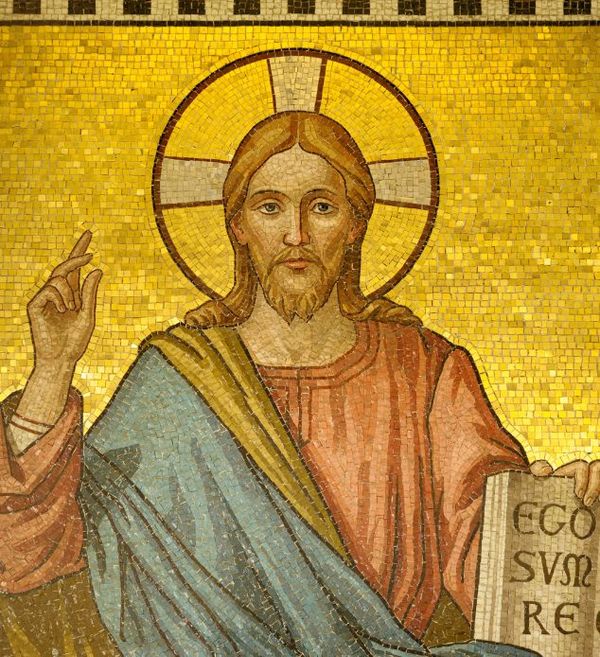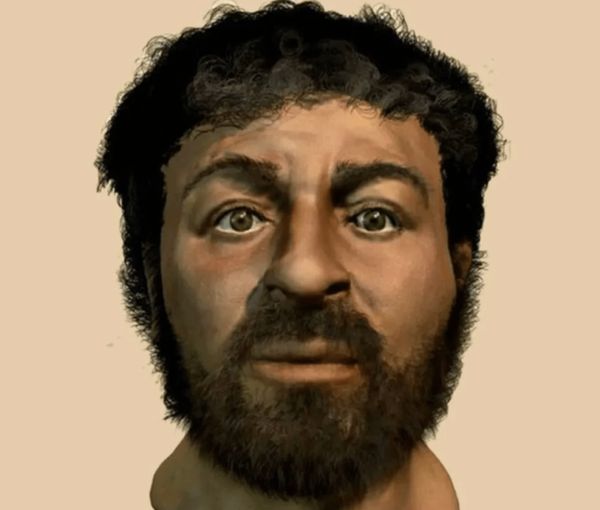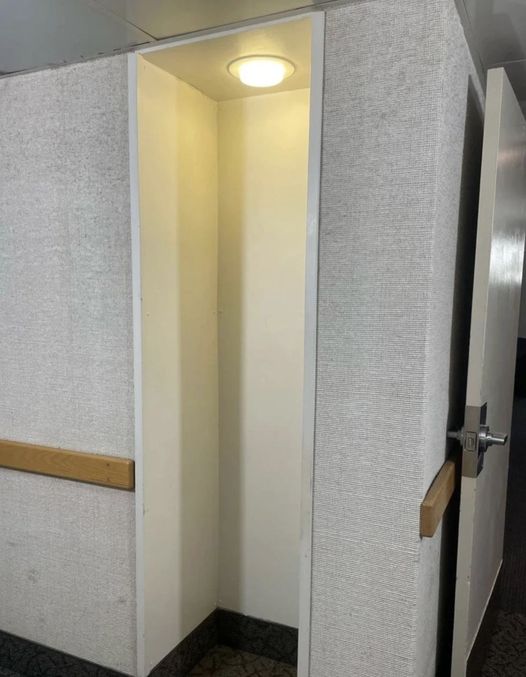The Historical Truth Behind Jesus’ Image
For centuries, the appearance of Jesus Christ has been depicted by artists as a white European man with piercing blue eyes. However, historians argue that this representation is far from accurate. They believe that Jesus would have looked more like a typical man from Palestine during his time – shorter in stature, stockier in build, and with curling black hair.
Bas Uterwijk, a talented Dutch photographer and digital artist, decided to settle the age-old debate about Jesus’ appearance. Armed with cutting-edge technology and Artbreeder’s machine learning features, he aimed to create the most accurate portrayal of Jesus to date.

The Quest for Accuracy and Authenticity
Uterwijk acknowledges that his image differs greatly from the traditional depictions of Jesus. Using a neural network trained on thousands of photographs and paintings of human faces, he merged different cultural depictions of Jesus from various periods, including Leonardo da Vinci’s “Salvator Mundi” and the Turin Shroud. However, he wasn’t satisfied with just a cultural representation; he sought historical accuracy.
By studying historical sources, basing his work on ancient literature and Fayum mummy portraits, Uterwijk adjusted the ethnicity and hair and beard length to align with what would be more credible for the time and region of Jesus’ life. The end result is a remarkable artistic impression that provides insight into how Jesus may have truly appeared.
Unveiling the Authentic Jesus
According to the Bible, Jesus was born in Bethlehem in 4 BC, raised in Judea and Egypt, and later settled in Nazareth, in what is now Israel. Joan Taylor, author of “What Did Jesus Look Like,” asserts that Jesus stood approximately 5 feet 5 inches tall and had olive skin, dark black hair, and brown eyes, consistent with the people of Judea and Egypt during that era.

Taylor emphasizes that the commonly depicted Jesus with long hair, robes, and a beard originated in the 4th or 5th centuries. However, Jesus’ appearance was likely quite different. As a Jewish man of his time, he would have had shortish black hair, a beard, and likely wore sandals. He lived among the poor, accepted strangers’ generosity, and was described as shabby and unkempt – a true vagabond.
Richard Neave, a forensic facial reconstruction specialist, also attempted to recreate the likeness of a typical first-century Judean man, similar to what Jesus might have looked like. Neave’s reconstruction depicts a stocky man with dark hair, a clipped beard, and olive skin – a far cry from the traditional depictions of a European Jesus.

Rediscovering the Real Jesus
The revelation of Jesus’ true appearance challenges our preconceived notions and invites us to revisit our understanding of the man who changed the course of history. He was not a pale European figure but a Middle Eastern Jew, fully immersed in the culture and context of his time. By embracing this representation, we gain a deeper appreciation for the diversity and universality of Jesus’ message.
So, as the image of Jesus takes on a new and authentic form, let us remember that his teachings transcend physical appearance. His message of love, compassion, and acceptance is timeless and speaks to people of all backgrounds and generations.
Please take a moment to share this eye-opening revelation with your family and friends on Facebook. Together, let us celebrate the true essence of Jesus Christ beyond our imaginations and prejudices.




